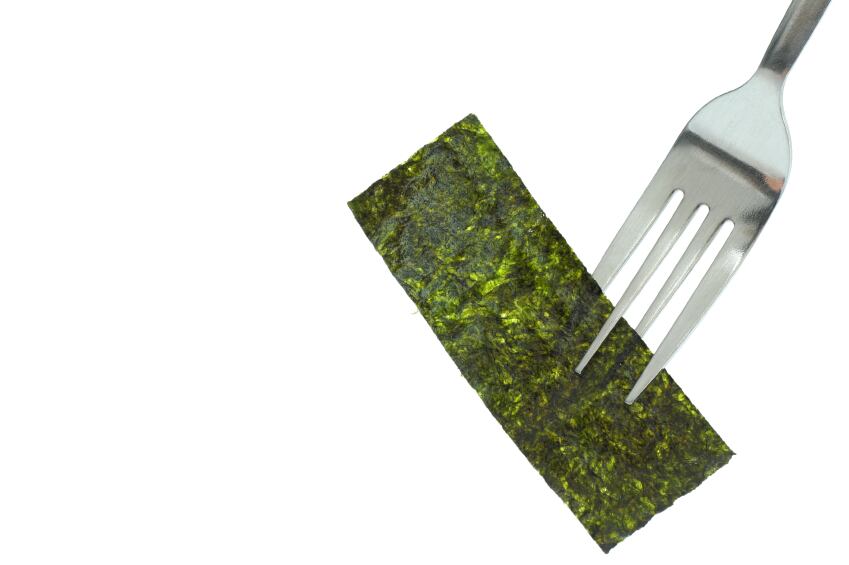If the process can be successfully automated and scaled-up it could become more attractive for local manufacturers to jump into notoriously difficult seaweed production.
The laboratory cultivation focuses on the porphyra seaweed Wildemania amplissima, or ‘red celophane’, and is part of the ongoing NYMAT (new food) project, made up of the Scandinavian research institute SINTEF, the Austevoll Seaweed Farm and chef Ørjan Johannesen.
“The process has to be automated to boost profitability,” project leader and SINTEF researcher Silje Forbord stressed.
“Our hope is that red cellophane can become a key species in Norwegian aquaculture,” she added.
Currently, there are only around half a dozen Norwegian firms cultivating seaweed, she said. They include Austevoll Seaweed Farm, as well as ALGEA and Smart Farm.
Japan and China are the only regions to apply large-scale agriculture methods to the production of nori, according to The Seaweed site.
The top producers of seaweed in general are China – producing 59% of the world’s seaweed – followed by Korea and Japan, which make 11% and 10% respectively, it adds. Norway currently falls sixth on the list, making just 2.6% of the global market.
The team said nori could be the next ‘superfood’ in Norway.
Seaweed is a rapidly growing European market, with a huge sales growth of 147% reported between 2011 – 2015 for seaweed flavoured products.
Lab cultivation method

The initial process discovered for lab cultivation includes isolating mature sex cells from Wildemania amplissima, before leaving them to develop under artificial light for six months.
The cells are then put under a new unspecified lighting regime which induced production of new spores – conchospores – which then grew into new individual plants, the team explained in a statement.
The next challenges for the project are scaling up the laboratory cultivation process including large-scale production tests under marine conditions, Forbord added.
“Red cellophane is very nutritious and ideal both as food for humans and animal feed. However, this species has a very special life-cycle, so we're very excited that we've succeeded in cultivating it,” said marine biologist Andreas Quale Lavik, who has been working on cultivating the red alga at the Norwegian University of Science and Technology (NTNU).
Previously, other efforts to develop large-scale production of seaweed outside of the sea include a land-based pond production method detailed in a patent filed by Noritech Seaweed Technologies.
